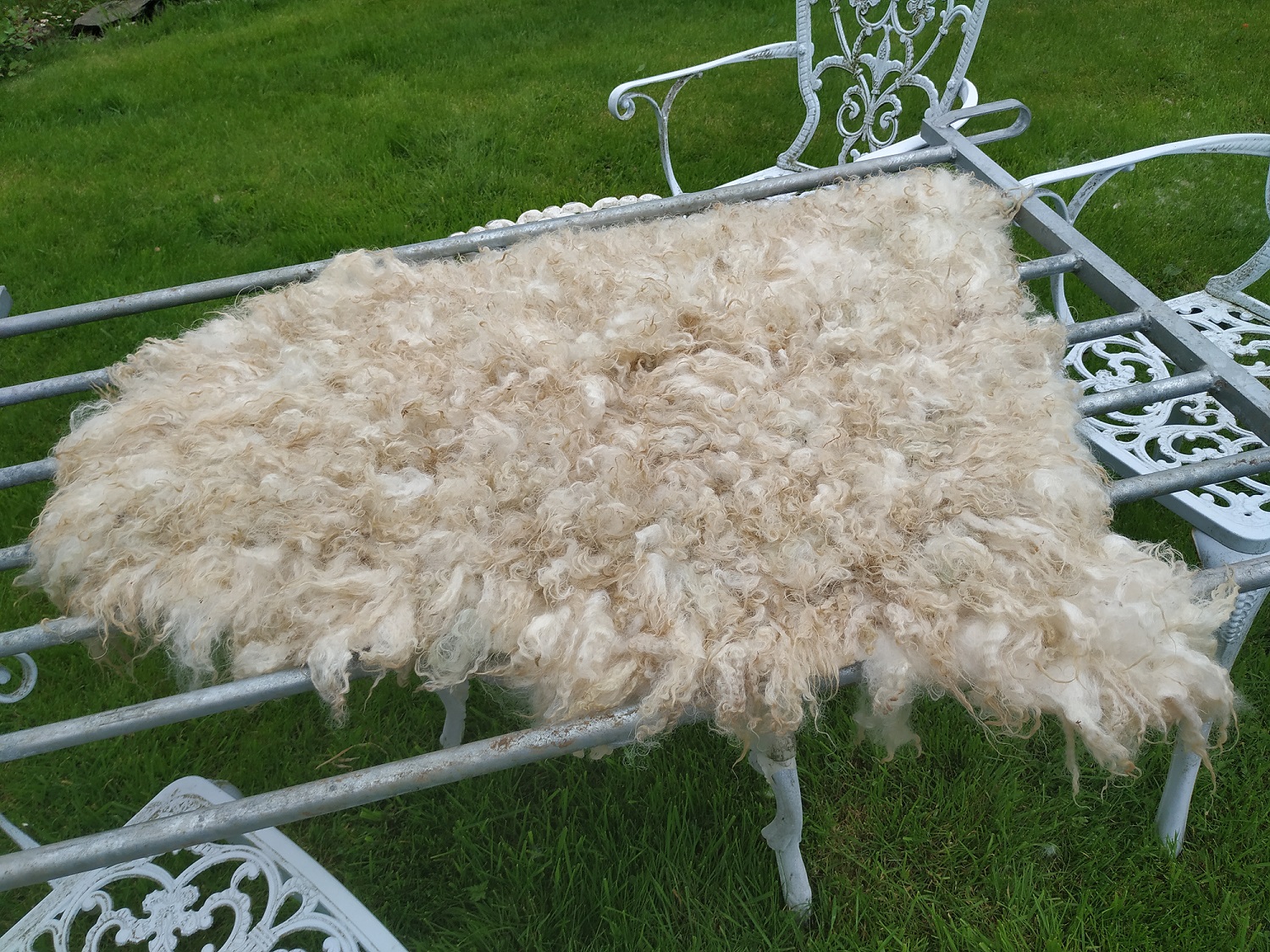

I love vinegar! It has so many uses around the house other than in the culinary department. I use it in the dishwasher as a rinse aid, I make up a vinegar and water solution and clean my windows with it, I spray a vinegar solution onto the iron and bathroom taps to get rid of limescale and I use it as a stain remover. I even use it in the garden as a weed killer. My list could go on and on! But as this blog entry is part of my “Woolly Tips” – washing wool series, I’m going to rein myself in and focus on the benefits of using vinegar when washing wool, be that woolly socks, jumpers or felted fleece rugs.
First of all, a little bit about vinegar. There are loads of different types of vinegar; wine, sherry, cider, malt, balsamic, white, rice and lots more. Very simply put, each type of vinegar is made from a different core ingredient be this grapes, apples, grain or whatever else. Of all the different vinegars, white vinegar is the one traditionally used for cleaning as it’s slightly more acidic (therefore stronger) than the other vinegars. It is also colourless so there’s no risk of leaving a trail of vinegar stains in your wake as you go around the house merrily spraying it onto your taps and windows.
While my preferred vinegar for cleaning and weed control is white vinegar, I use cider vinegar for rinsing wool whether I’m washing bobble hats, socks and jumpers, or one of my felted fleece rugs. The simple reason I use cider vinegar is that I have litres of it knocking around because we make our own. If I didn’t have a glut of cider vinegar then I’d probably reach for the white vinegar.
So what are the benefits of using vinegar as a wool wash rinse?
I am bursting to tell you so here we go:
- It removes lingering soap residue. This is particularly relevant if I’m handwashing a large felted fleece rug because rinsing one of these out can be quite tricky not to mention back breaking. Adding a slosh of vinegar to each rinse makes those soap bubbles disappear faster than a sheep sniffing out a sheep nut.
- It closes the cuticles on the wool fibres making it smooth and silky. As with hair, the surface of wool fibres is made up of overlapping cuticles. When washing wool, the combination of warm water and soap opens the cuticles and leaves wool feeling a little stressed and rough to the touch if we don’t close the cuticles again. Enter vinegar! Vinegar does a marvellous job of closing those cuticles and smoothing out the wool fibres.
- It restores wool’s pH back to being slightly acidic which is its preferred state. If you get geeky about laundry detergents as I confess I am, you’ll notice that wool and silk detergents have a lower, more acidic pH than “normal” laundry detergents for cottons and synthetics. “Normal” detergents as a rule, shouldn’t be used to wash wool because although the alkaline composition does a great job of cleaning, it is too harsh for wool and over time can cause damage to the fibres. Since I use an alkaline soap to felt my fleeces (alkaline soap is the best for felting), I absolutely need to restore the wool’s pH back to being slightly acidic. Each time I make a felted fleece rug it gets a vinegar bath after the final wash. I can almost hear it sighing with relief as it sinks into the water and the cuticles can relax again after all that hard work felting.
Sometimes people ask me how much vinegar to use in their rinse water/rinse cycle. My answer would be there’s no rule really, I use a “slosh” which probably equates to about 15mls with each rinse.
I also get asked if vinegar makes your woolly jumpers or felted fleece rugs smell like a chip shop. Funnily enough, once the wool is dry there is no vinegary smell at all. I also rinse my hair in a vinegar solution and can assure you that there is no smell of vinegar whatsoever, which is just as well because much as I like vinegar I wouldn’t want to walk around in a cloud of “eau de vinegar”.





